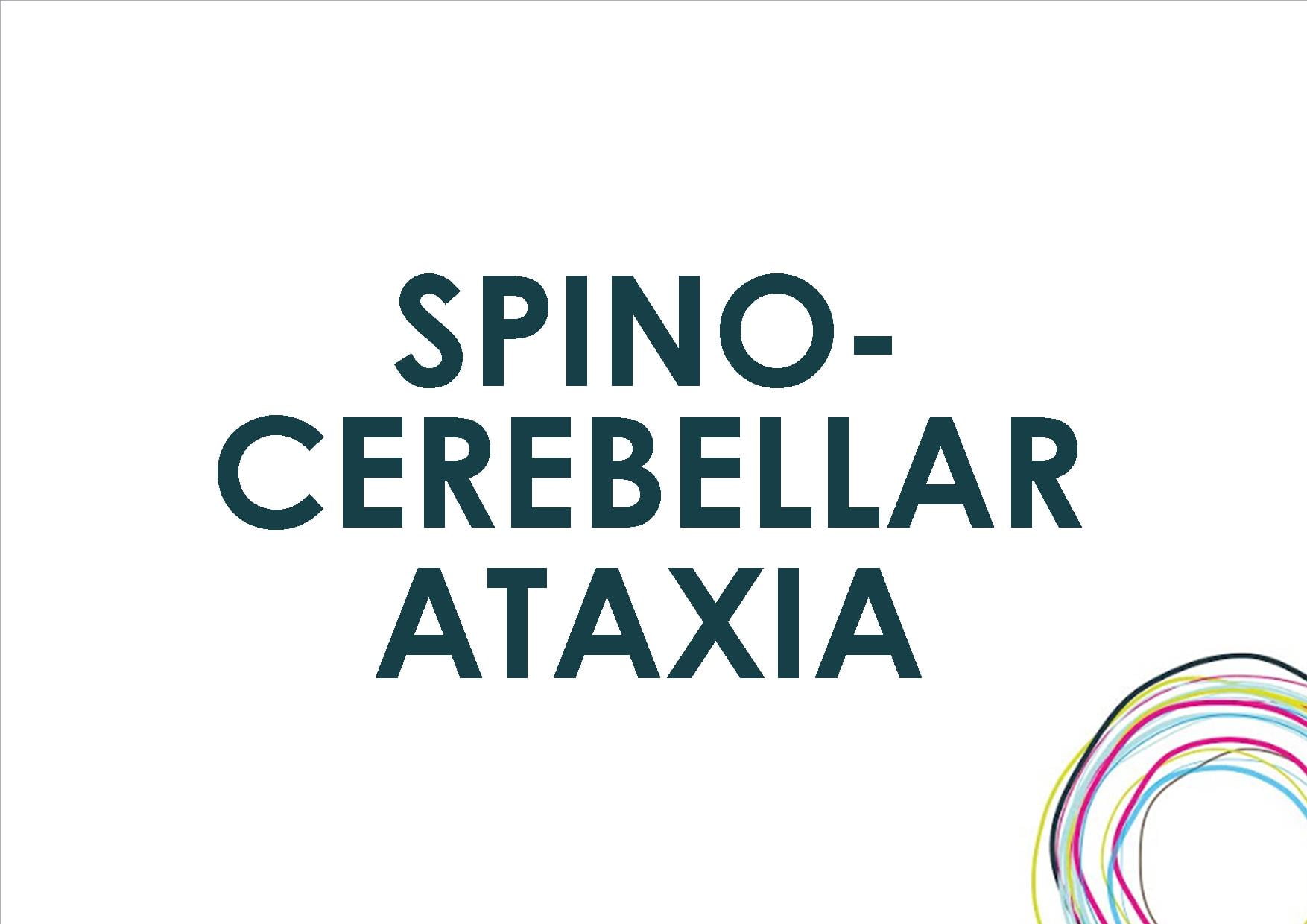Scientists have discovered a mechanism which is responsible for the degeneration of Purkinje cells in the cerebellum in the neurodegenerative disease Spinocerebellar ataxia type 1. The results of their study open up new avenues for the future treatment of cerebellum-associated degenerative disorders.
Damage, degeneration or loss of neurons in the region of the brain that controls muscle coordination (cerebellum), results in ataxia. The symptoms include loss of voluntary coordination of muscle movements and the appearance of gait abnormality, loss of balance and speech problems. Cerebellar ataxias are progressive degenerative disorders which occur in adults either sporadically or can be inherited from parents. Unfortunately, the large majority of cerebellar ataxia cases are sporadic in nature and the causative mechanism for the development of ataxia remains largely unknown, which eventually hinders the development of therapy and negatively influences the quality of a patient’s life. However, both the sporadic and inherited cases of cerebellar ataxia exhibit common pathophysiological characteristics such as the specific degeneration of the main cerebellar neurons; the Purkinje cells. Therefore, the researchers set out to understand the potential mechanism involved in the development of ataxia and degeneration of Purkinje cells in Spinocerebellar ataxia type 1 (SCA1), a rare, incurable, inheritable neurodegenerative disease that can be modeled in mice.
A protein-based screening of Purkinje cells was performed to identify changes that occur in these neurons at the time of ataxia appearance. The team discovered widespread alterations in proteins which function at the synapse and identified a synaptic protein Homer-3 that is mainly present in Purkinje cell synapses to be reduced. Further, they found that Homer-3 decrease was related to the alteration in an important signaling pathway, mTORC1. This signaling pathway was responsible for regulating the expression of synaptic proteins such as Homer-3. The team discovered a cellular mechanism in the cerebellum of SCA1 mice that specifically targets the degeneration of Purkinje cells and the findings present a promising future therapeutic target. The study was published in the scientific journal Neuron.
Source: University of Bern

